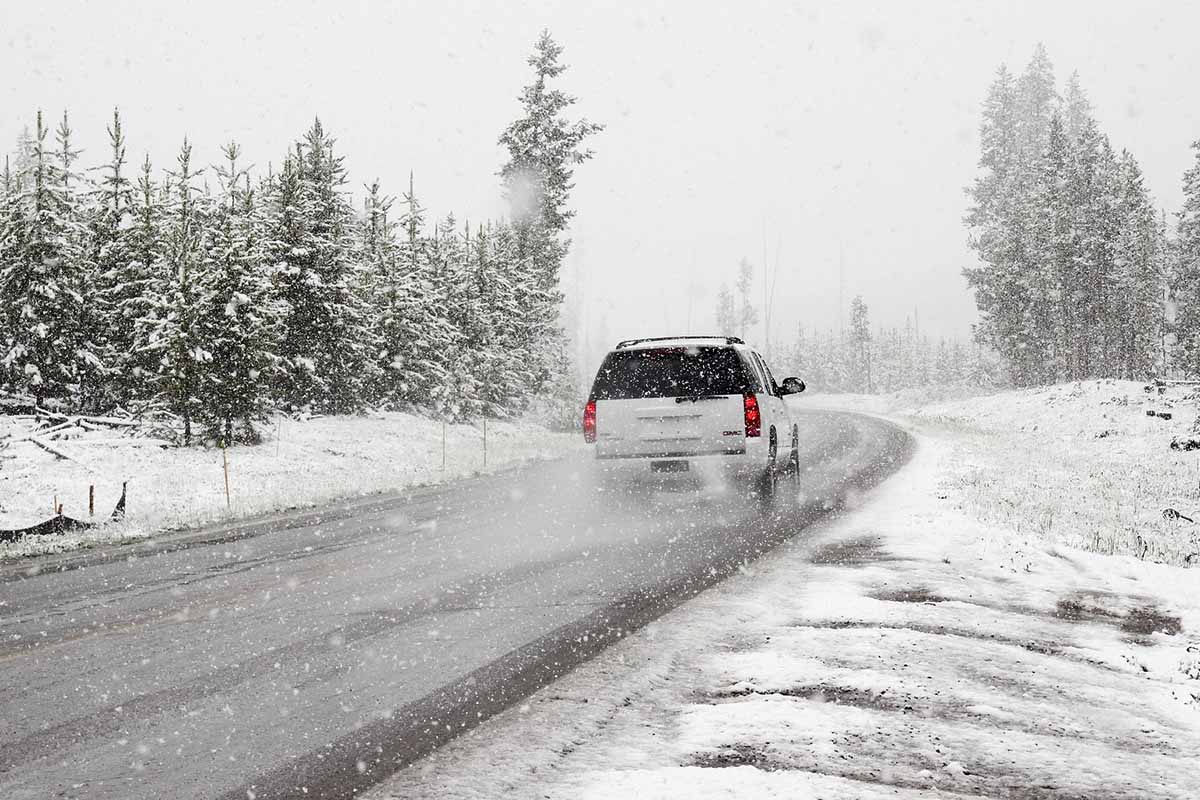Thinking Driver delivers Winter Driving Skills Training to Government of Northwest Territories, Department of Transportation Employees.
When I was asked if I would like to go to the Northwest Territories (NWT) for three weeks to deliver ‘Winter Driving: Skid Control and Recovery’, I thought what a great opportunity to see the North and at the same time, be in the very best part of Canada to facilitate winter driving courses.
My first stop was Yellowknife, where I was warmly greeted by the NWT employees. They had a large field near the airport that had been snow plowed for this course – which was great – but then they added water. Needless to say, this was an excellent simulation of roads turned to ice and/or their famous ‘ice roads’.
We begin training with a classroom theory session in Winter Driving Fundamentals. We cover such things as the 6 conditions of winter driving, fundamentals of traction and control, 3 principal types of skid and how to recover from them. There were a lot of good questions in the class which made for an excellent discussion time prior to going out in the vehicles and putting it all into practical application.
Getting into the vehicles and out onto the icy surface to put the theory into practice really raises the enthusiasm and excitement of the group. It’s about the most fun you can have in winter driving conditions: A safe, closed course, free of obstruction or other traffic, perfect for skidding.
When I took off to the Great White North, I cam prepared and was certainly grateful to have packed well once the temperature hit -40 degrees. The extra hat I picked up was very useful.
Despite the chillier temperatures, each morning I awoke to the beauty of a northern sunrise in all its glory. Breathtaking to behold and what a way to start my day!
After a week in Yellowknife, it was time to head to Hay River for a week. This leg of the journey began with a 45 minute flight over “Great Slave Lake” in a DC-3 with Buffalo Air. Not a large plane, but cozy, friendly, and we arrived safe and sound.
Again I was warmly greeted and welcomed by the NWT staff. Their track was created on an open field with a large snow island in the middle. The track was a combination of packed snow, ice, with some gravel sticking out to create a good example of what is found on local roads. The practical training was challenging, but we only had to shovel snow once to free a truck from the snow piled island. Another winter skill learned – how to get your vehicle unstuck!
My third week in the North started with another flight aboard Buffalo Air in that DC-3 to Yellowknife, followed by a 1.5 hour flight in a Boeing 737 to Inuvik with a brief stop over at Norman Wells. Inuvik was the smaller of the three locations and again filled with extremely friendly people. Once again the NWT staff greeted me like a Rock Star.
The practical training location was a large square area on the Mackenzie River, plowed for this course. For safety reasons, there was a wide snow bank separating out training area from an ice road that leads to Tukoyaktuk. This area proved to be challenging and a good simulation of what these NWT employees drive on a daily basis.
At the beginning of these three weeks, I felt a bit intimidated with the thought of attempting to teach winter driving skills to people who live their entire lives in the North and grew up in this driving environment. What could I teach that they didn’t already know? As it turned out, the Thinking Driver program had many things to offer: How to drive in winter with new vehicle technology such as ABS brakes or electronic stabilizers; One of the main things that I was able to pass on to these students, is how to handle an ‘under-steer’ situation. Most were experts when their vehicle went into ‘over-steer’, but were unfamiliar with how to get out of an ‘under-steer’. 90% of those who attended indicated they learned new things as well as having obtained an excellent review and reminder in other areas that could be improved upon.
I believe that if I can pass on even one good tip to enhance a driver’s skill and competence and make driving a safer part of their day, then I’ve done my job and can go home happy and with a sense of accomplishment and satisfaction. After three weeks in the Northwest Territories, I am a happy man indeed.









